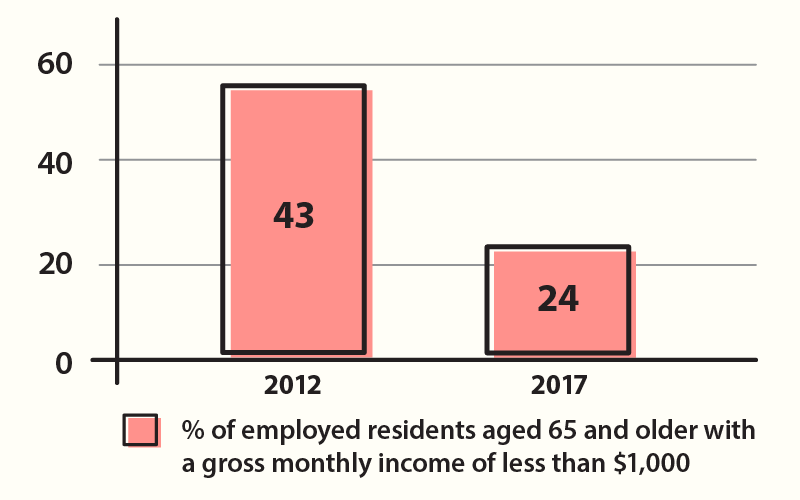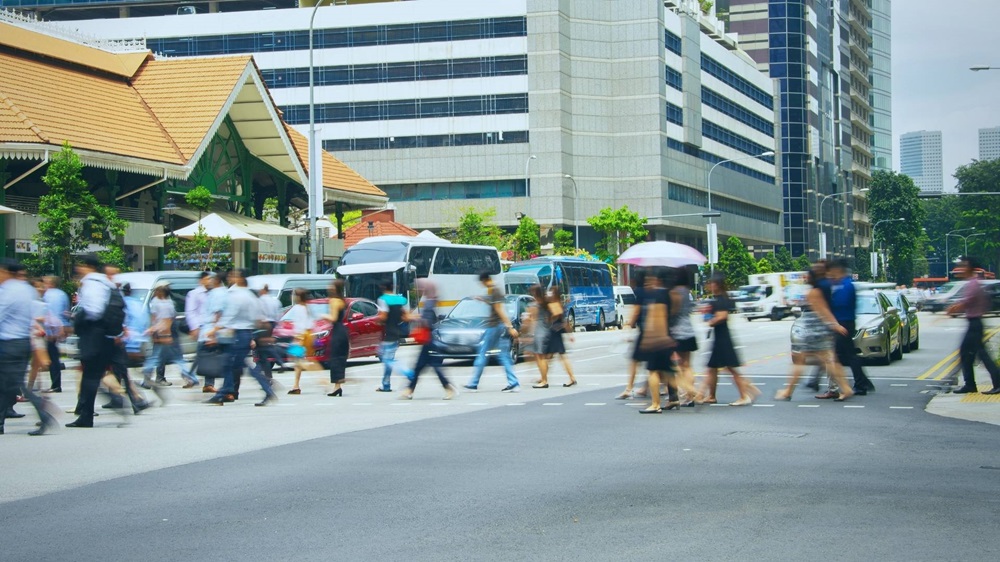
A recent article by the States Times Review (STR) made several erroneous claims, following the latest release of employment figures[1] by the Ministry of Manpower (MOM).
MOM debunks the incorrect claims and clarifies the facts.
1. Are foreigners taking away jobs of Singaporeans?
STR claims:
- The Government admitted that more foreigners are taking away jobs of Singaporeans.
- A total of 3,000 Singaporeans lost their jobs from March 2018 to June 2018, as the number of unemployed Singaporeans increased from 57,600 to 60,600.
- Foreigners gained 11,800 jobs in the same period.
MOM clarifies:
- MOM publishes data on local/foreign employment growth on a half yearly basis, with the next release in September 2018.
- The most recent release, in March 2018, showed that local employment growth in 2017 was 21,300, while foreign employment growth was minus 32,000.
An increase in unemployment for Singaporeans:
- Cannot be attributed solely to job losses;
- Could be due to more Singaporeans entering the job market, or voluntary job leavers looking for new jobs, as the economy picks up;
- Must be read with other labour market data such as employment, resignation, re-entry into employment and labour force participation. For example, while the unemployment rate inched up in 2017, local employment growth almost doubled.
2. Do the official unemployment figures omit the numbers of certain groups of people?
STR claims:
The unemployment figures excluded:
- married women (whom they dismissed as “housewives”);
- Singaporeans on national service duties;
- seniors above the retirement age of 65 (whom they dismissed as “retired”);
- those who are considered long-term unemployed.
MOM clarifies:
You are considered unemployed if you are:
- ·not working;
- actively seeking work; and
- available for work
This is regardless of demographic characteristics, including age, gender and marital status.
Hence, “housewives” and “retirees” who are looking for and available for work, as well as the long-term unemployed, are included in the unemployed figures.
Full-time national servicemen are not included because the nature of their NS obligation means they cannot be actively seeking work nor be available for work.
3. Do the employment figures leave out data on income?
STR claims:
- Data on income is left out in the Labour Market Advance Release.
- Over 80 per cent of working retirees are taking home less than $1,000 a month.
MOM clarifies:
- Income data are made public regularly. Data on income from work are released annually in a number of MOM publications. For example, in the full-year advance and final releases of the Labour Market Report, and the Labour Force in Singapore Report.
- In 2017, 24 per cent of employed residents aged 65 and over (including part-timers) had a gross monthly income of less than $1,000, which is lower than the 43 per cent in 2012

- Support measures are available. All workers earning lower income get additional support through the Workfare Income Supplement (WIS), with older low wage workers getting more.
4. Did the Government doctor the unemployment figures?
STR claims:
- The Government did so because it is “a key component of the ministerial salaries”
MOM clarifies: The compilation of unemployment statistics in Singapore adheres strictly to international standards set by:
- International Labour Organisation (ILO)
- International Monetary Fund (IMF)
IMF regularly monitors observance of the requirements and any discrepancy or non-adherence will be highlighted.
The IMF has never highlighted any doubts about the labour statistics released by Singapore.
This article is accurate as of August 2018.
[1] Labour Market Advance Release Second Quarter 2018
We use cookies to tailor your browsing experience. By continuing to use Gov.sg, you accept our use of cookies. To decline cookies at any time, you may adjust your browser settings. Find out more about your cookie preferences here .

















